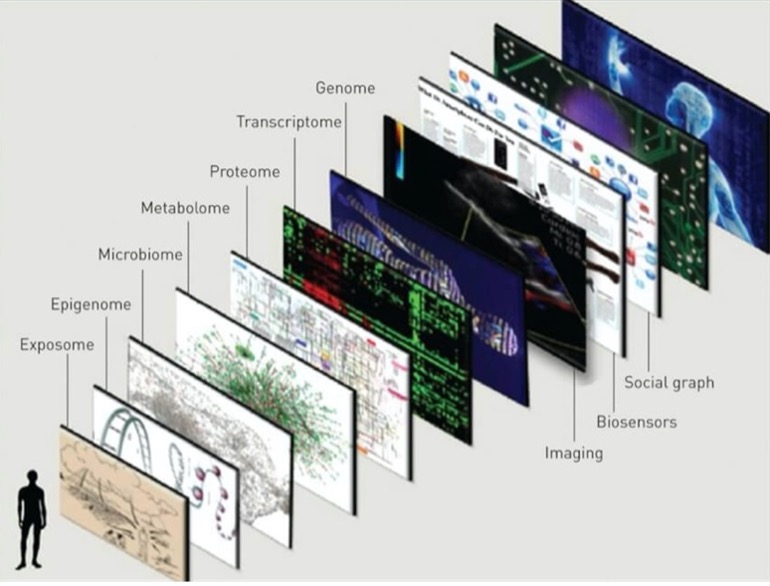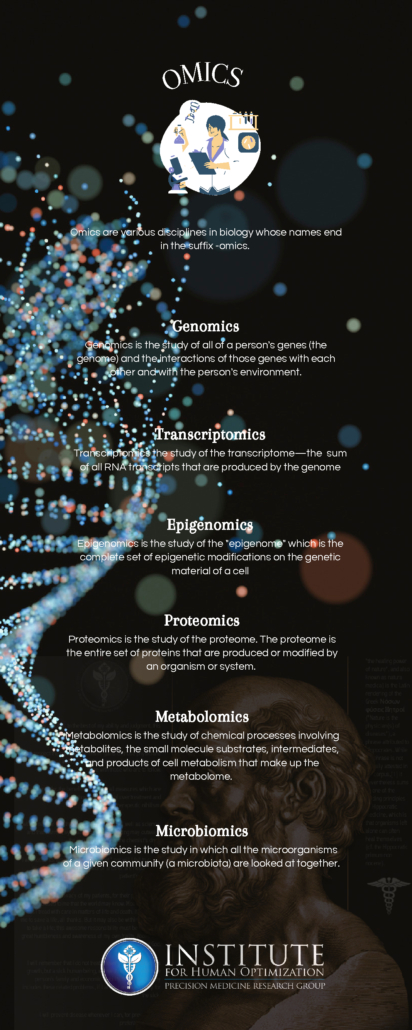Advanced glycation end products, or AGEs for short, can influence our health and attribute to the acceleration of aging. When sugar reacts with protein molecules in food and drinks, it can lead to the production of AGEs which accumulate over time within the body. This process is also known as glycation–the reaction between sugars and proteins that creates damaging compounds called advanced glycated end products (AGEs). These end products have been linked to many age-related diseases including diabetes complications such as kidney disease and eye disease. There are things you can do to reduce your exposure to these harmful compounds which we will be exploring on this week’s blog.
Advanced glycation end products are products of chemical reactions between sugar molecules and protein or fat molecules. This process is called the Maillard Reaction, named after French chemist Louis Camille Maillard who discovered it in 1910 while working on food chemistry. Maillard’s work shows how sugar can brown and add flavor to cookies and bread, but it can also produce some very harmful compounds that studies show contribute to age-related diseases. AGEs are a general term that describes a number of compounds that result from this reaction. The Maillard Reaction showed how amino acids react with reducing sugars at elevated temperatures. AGEs are formed when these sugars become covalently bonded to proteins or lipid compounds without the controlling action of an enzyme. AGEs are found in all organisms and foods, but their concentration increases with cooking time and temperature. AGEs work in the human body by reacting with DNA and RNA, AGEs form a complex series of reactions that result in cross-linking AGEs to proteins. This reaction is not optimal as it increases AGEs ability to bind with AGE receptors in tissues. AGE additively increases the concentration of AGE receptor sites, resulting in an increase in AGE-mediated signal transduction between cells. This process is exacerbated by the fact that glucose also enhances AGE formation. Thus, it is believed that AGE stimulation of AGE receptors results in the human body moving from a homeostatic AGE receptor activity to AGE-mediated AGE receptor dysregulation. Homeostatic AGE receptor activity refers to a state in which a certain concentration of AGE receptor sites is present and a certain level of glucose is present, resulting in a specific amount of signal transduction between cells. AGE-mediated AGE receptor dysregulation refers to a situation where an increased concentration of AGE receptors results in an increased number of signals being transmitted between cells within the. Maintaining homeostatic AGE receptor activity is essential for cellular regulation (the process in which cells replicate, proliferate, and grow) and homeostatic function in healthy adults.
HOW ARE WE EXPOSED TO AGEs?
Now that we know what AGEs are, let’s go over how we are exposed to them. Modern diets are largely heat-processed and as a result contain high levels of advanced glycation end products (AGEs). AGEs can be found in everyday consumables such as food products, but the main source of these products is from cooking and processing methods.
Cooking at high temperatures changes some of the sugars to AGEs.
AGEs occur when sugars and proteins (in the case of food) come together in a process called glycation. These two substances can also interact with environmental factors such as UV radiation, oxidative stress, pollution, and smoking to form AGEs. AGEs are created through AGE-receptor interactions with AGEs found within foods, resulting in AGE-receptor dysregulation. AGE-receptor dysregulation refers to the processes by which AGEs affect AGE-receptor activity.
This interaction occurs by the body’s normal metabolic process, which is different than the glycation process. However, when excessively high levels of AGEs are reached in tissues this becomes harmful to the body.
Thousands of AGEs have been identified from the glycation of proteins and lipids on y-positioned amino groups of lysine residues or oxygen-containing groups such as the following: aldehydes, ketones, and reducing sugars.
- Aldehyde is a compound containing a functional group with a carbon atom double-bonded to an oxygen atom and single bonded to -CHO. This carbon and oxygen is called a carbonyl group.
- A ketone contains a carbonyl group bonded to two other atoms such as the following: R-COCH= O (R= alkyl, aryl, etc.).
- Reducing sugars is a term used for monosaccharides and some disaccharides that can be oxidized to form aldehydes or ketones.
Some of the AGEs that can be found in our bodies are N ε -(carboxymethyl)lysine (CML), pentosidine, and others. CML and pentosidine are considered reliable biomarkers for oxidative stress and damage to DNA, RNA, and protein. Additionally, Pentosidine and CML is a biomarker for type 2 diabetic retinopathy. Oxidative stress refers to the damage produced in cells and tissues by non-neutralized free radicals. Oxidation is a process in which the structure of an organic compound is altered by the addition or removal of electrons to its molecules or atoms, causing it to become oxidized. Oxidation is dangerous to the body because it creates a chain reaction of oxidative stress.
Impact of AGEs on inflammation, oxidative stress, and insulin resistance
AGEs can disrupt cellular communication. Cellular communication refers to the internal biochemical messengers that carry information from cell to cell. Cellular communication makes up an important part of normal body function, allowing cells to ‘talk’ to one another and coordinate various functions necessary for the body as a whole (like growth, tissue repair, and organ function). AGEs interfere with cellular communication by binding to the surface molecules on cells. Examples of this include altering cell surface receptor function (such as the insulin and/or IGF-1 receptor), increasing cellular inflammation (via NFκB), and increasing oxidative stress.
AGEs have a direct impact on proteins and the extracellular matrix. The extracellular matrix is our body’s natural scaffolding that supports our cells (cells are attached to the extracellular matrix, AGEs accumulate in this area) AGEs cause damage to cellular proteins and the extracellular matrix by oxidative stress. AGE crosslinks have been documented to contribute to retinal capillary cell death, diabetic nephropathy, atherogenesis, etc. Additionally, AGEs can alter cell intracellular signaling by AGE-RAGE ( AGE receptor AGE ). AGEs have been suggested to be the cause of oxidative stress, inflammation, and insulin resistance. AGEs are linked to inflammatory markers like C-reactive protein (CRP) present in the blood, which is an indicator of systemic inflammation.
MOBILITY AND AGING
Mobility is one of the most common problems that elderly people face. Mobility refers to the ability to perform the basic activities of daily living that are necessary for independence and is a core indicator of health and quality of life in aging. In older adults, the decline in physical function is a major determinant of frailty and loss of independence. The age-related decline in physical function results from a number of changes that occur at the cellular, organ system, and whole-body levels. AGEs are linked with the degradation of skeletal muscle function in older adults. AGEs are also known to play a role in the pathogenesis of arterial stiffness and hypertension, both strong predictors of cardiovascular disease which is one of the leading causes of death among elderly people.
REVERSE AGEs
Reversing AGEs requires reversing AGE modifications at the molecular level. Since AGEs are modified by sugars, avoiding foods high in sugar and avoiding processed sugar are generally recommended. In addition to reducing or eliminating sugar intake, antioxidant-rich foods should be consumed to reduce oxidative stress. Additionally, supplements that promote healthy blood circulation may reduce the body’s exposure to AGEs. Some supplements that can support reverse AGE modification include carnosine, aminoguanidine known as Pimagidine, and benfotiamine. Unfortunately, there has been a challenge in reverse AGE at the molecular level but this challenge has led to the development of AGE inhibitors. Such inhibitors are now being developed for therapeutic use in order to manage diabetic complications and other diseases that result from AGE modifications at the molecular level. Examples include therapies targeting collagen cross-linking, glyoxalase I inhibition or amadoriase gene expression.
Disclaimer: The content is not intended to be a substitute for professional medical advice, diagnosis, or treatment. Additionally, the information provided in this blog, including but not limited to, text, graphics, images, and other material contained on this website, or in any linked materials, including but not limited to, text, graphics, images are not intended and should not be construed as medical advice and are for informational purposes only and should not be construed as medical advice. Always seek the advice of your physician or another qualified health provider with any questions you may have regarding a medical condition. Before taking any medications, over-the-counter drugs, supplements or herbs, consult a physician for a thorough evaluation. Always seek the advice of your physician or other qualified health care provider with any questions you may have regarding a medical condition or treatment and before undertaking a new health care regimen, and never disregard professional medical advice or delay in seeking it because of something you have read on this or any website.
References
https://pubmed.ncbi.nlm.nih.gov/20544678/
https://pubmed.ncbi.nlm.nih.gov/24624331/
https://www.ncbi.nlm.nih.gov/pmc/articles/PMC3949097/
https://pubmed.ncbi.nlm.nih.gov/23525877/
https://www.sciencedirect.com/science/article/abs/pii/S0024320504009233
https://pubmed.ncbi.nlm.nih.gov/16280650/




